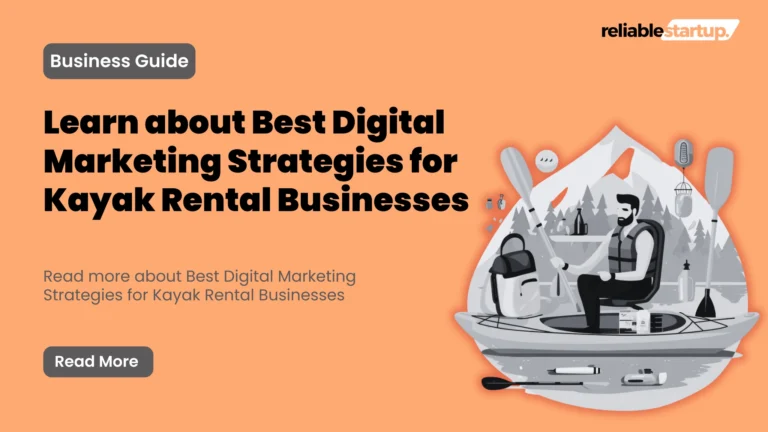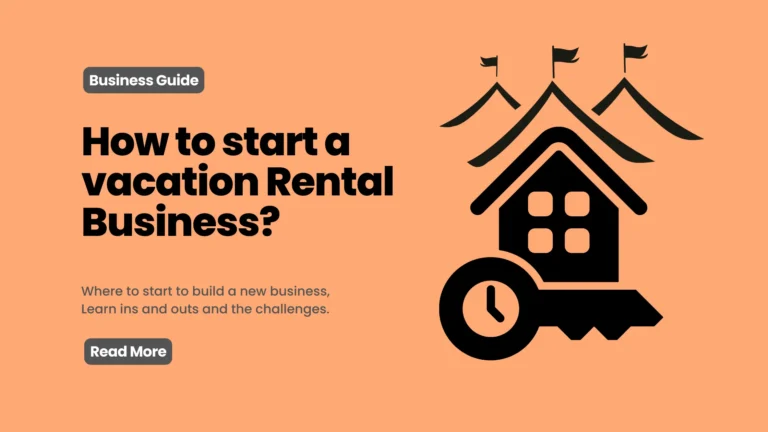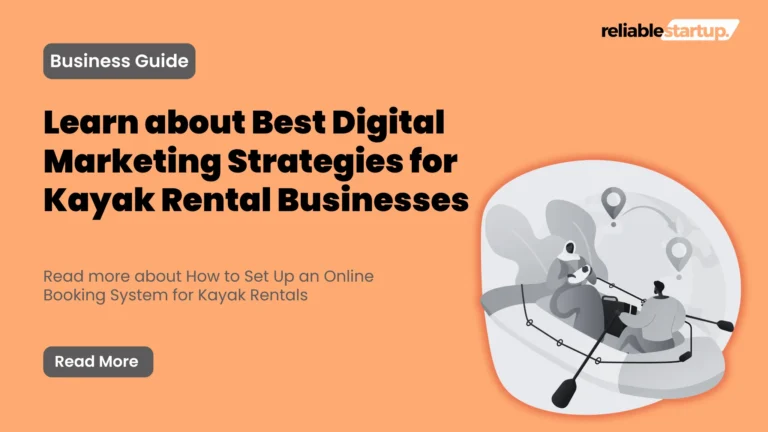Top 5 Safety Training Programs for Kayak Rental Customers

Imagine you go kayaking, and the staff doesn’t know how to treat you, yet they behave with you. Would you prefer to go there again?
Of course not! Have you thought about why this would happen? This happens because their employees are not fully trained. This can happen to your business, too, if your employees are not well-trained.
Here, you require safety training programs for kayak rental customers to serve your clients better. This is compulsory for your brand. Without it, you will lose your potential clients. So, if you want to be successful in your journey, read this article.
Let’s get started!
Why You Need Training For Kayak Rental Staff
If your employees are not trained, they will never serve you as you want. They won’t be able to satisfy your clients, and their work will only be considered a waste of time and products. As a result, you will fail to meet your clients, losing client rates.
However, your employees can’t work without proper training, and you must spend more money to balance the loss of your clients and your company; poor training results in poor customer experiences, higher rates of errors, and low-quality work.
Therefore, you need to know how to effectively train your employees from the time they walk through your doors if you want to save labor costs, have a competent workforce, more satisfied clients, and lower attrition.
We have compiled the best and most efficient kayaking crew training advice to ensure your team provides outstanding customer service and generates repeat business.
Also, Read Best Insurance for the Kayak Rentals
Top 5 Safety Training Programs for Kayak Rental Customers
1. Train Life Jacket Wear

When providing kayaking staff training, don’t just concentrate on performance indicators. Encourage and support your staff to establish a personal safety rapport with customers instead. No, your team does not need to know the complete life story of the customer. To assist in guaranteeing recurring business, ensure your staff is perceptive and aware of the requirements and expectations of your clients.
Soft skills include many of these traits:
- Communication skills
- Creative thinking
- Work ethic
- Adaptability
- Teamwork
- Decision-making
- Positivity and motivation
- Problem-solving
- Time management
- Conflict resolution and flexibility
Your job training should include soft skills as well as strategies for providing outstanding customer service, such as:
- Noting customer preferences and communicating them to the group
- Having responses to frequently asked queries by customers (a FAQ feature in your training software is helpful in this regard)
- Responding promptly to consumer inquiries or phone calls
- Allow time between jobs to reduce the likelihood of arriving late or having to leave early for a job.
- Put on the appropriate uniform.
- Possess all the tools and equipment you’ll need, plus a backup.
Also, Read Top Kayak Maintenance Tips For Rentals
2. Keep the Lines of Communication Open

Communication may be more challenging when your cleaners are learning on the job. Keeping business and personal messages apart enables employees to contact you anytime and promotes a positive work-life balance.
New hires can contact you throughout their workday with any training-related queries, and you can communicate with them via instant messaging. You may also set up group chats if you wish to speak with several employees at once.
Additionally, the employee directory contains each employee’s contact details, allowing them to email or call their coworkers if necessary.
3. Night Operators
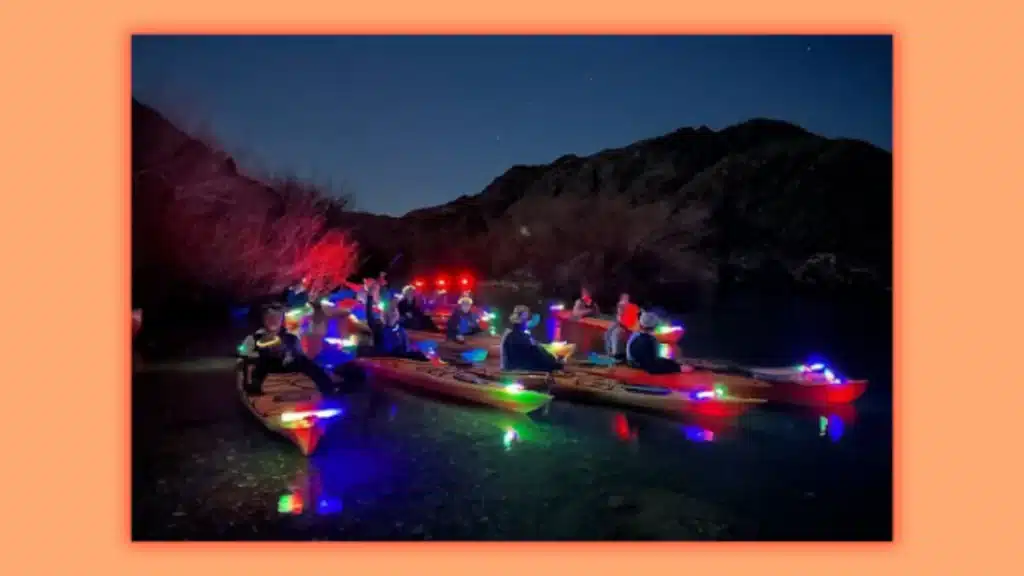
Your staff can benefit from having night operators since they can consult them if they have queries or issues.
Make an effort to keep it brief, direct, and updated frequently.
The employee handbook can be uploaded to the knowledge base using Connecteam, allowing your staff to access it instantly and anytime.
Make sure to include the following in your employee handbook:
- Operator History
- Operator mission, values, etc.
- Oprator hierarchy & using information
- HR procedures like calling in sick, requesting time off, etc.
- Payroll information
- Review of key training components
- Health and Safety
- Potential damages management
- Employee expectations, code of conduct, etc.
- Dress code
- Resignation and termination
Regularly update the employee handbook and add material as needed.
Learn about Kayak Rental Business Legal Requirements & Permits
4. Take Advantage of Alcohol on the Boat
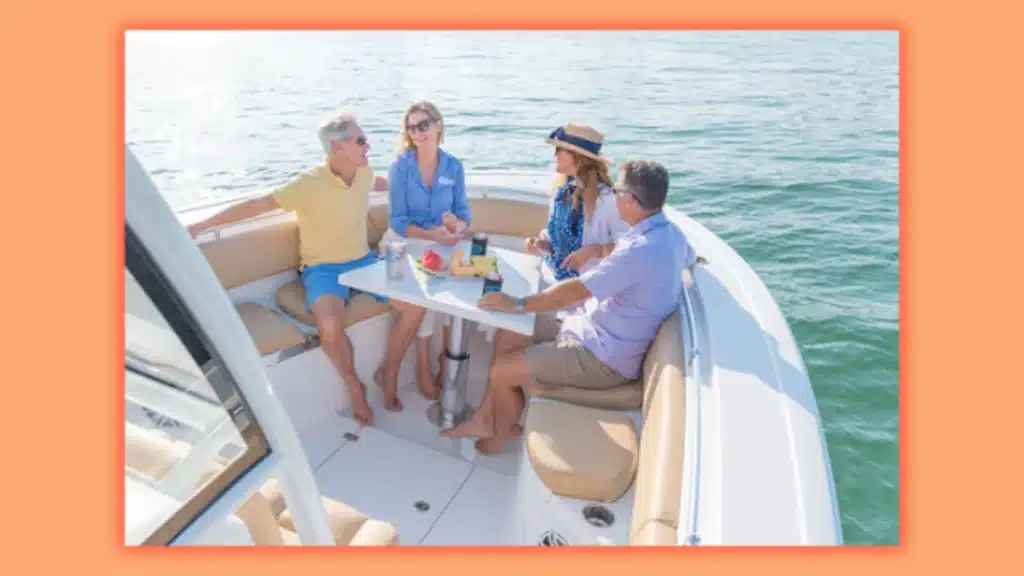
To enable people to cross things off as they go, each checklist might contain the details and procedures they need to finish in that module.
Another tool you may use to help staff with their alcohol is how they can use it for safety purposes. For instance, finding out stuff they can use to light the fire could be beneficial.
It can also be used to improve your in-app training process in the following ways:
- Give trainees samples of actual, on-the-job checklists to demonstrate what they must accomplish throughout each shift.
- Forms to collect personal data, such as contact details and dietary preferences
- Compliance forms for background checks and security checks
- Order and agreement forms for employee uniforms
5. Keep it Interactive
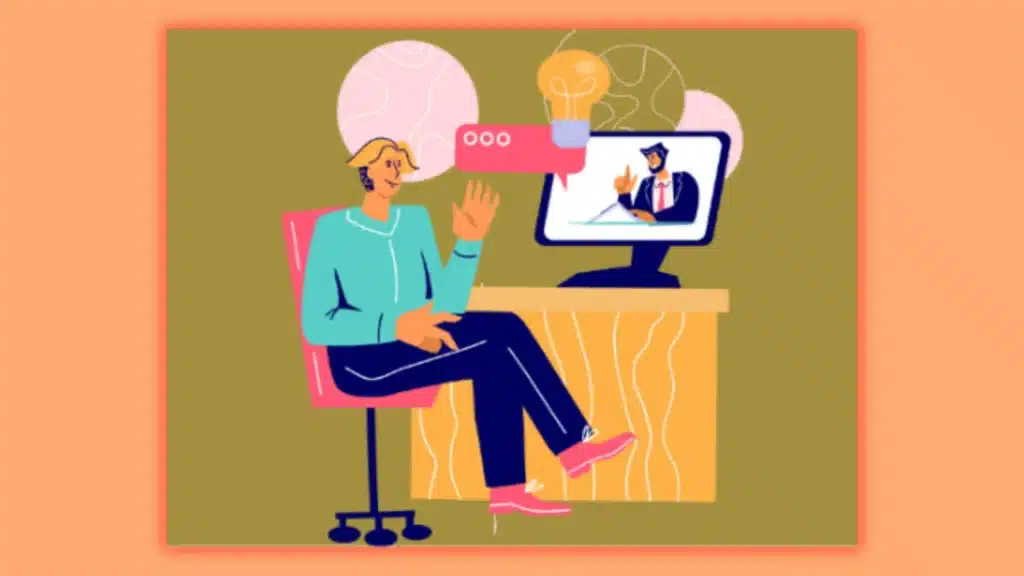
Create videos, quizzes, and digital badges to maintain employee engagement throughout training. Videos help with memory. Videos are an excellent teaching tool since the human brain processes images 60,000 times faster than text!
Here’s an illustration of how a course part may be organized:
Suppose you wish to instruct your trainees on the most crucial kayaking supplies, their functions, and the surfaces on which they are most effective.
You may include a video of a seasoned employee discussing their experiences with each product rather than just providing the details. Ask them to explain how to use them in ways that a new hire could find helpful.
After that, incorporate a brief, vibrant presentation outlining the functions of each product. Lastly, a multiple-choice test should be included to assess newly hired staff members’ understanding.
Also, Read How Weather Conditions Affect Kayak Rentals
Conclusion
Safety training programs for kayak rental customers are compulsory for a successful business. Without making your employees aware of all these requirements, you can’t grow. If you need help with this, you can easily approach our experts!
FAQs
What are the 7 training methods?
The seven methods of training in sports are:
- Continuous training.
- Fartlek Training.
- Circuit Training.
- Interval Training.
- Plyometric Training.
- Flexibility Training.
- Weight Training.
What are the 4 principles of training?
The acronym SPORT can be used to remember the main principles:
- Specificity.
- Progressive.
- Overload.
- Reversibility.
- Tedium.
What are the four key areas of training?
Training Program Goals: 4 Key Areas to Consider
- Performance Incentives.
- Employee Development.
- Process Improvement.
- Technology Efficiency.



